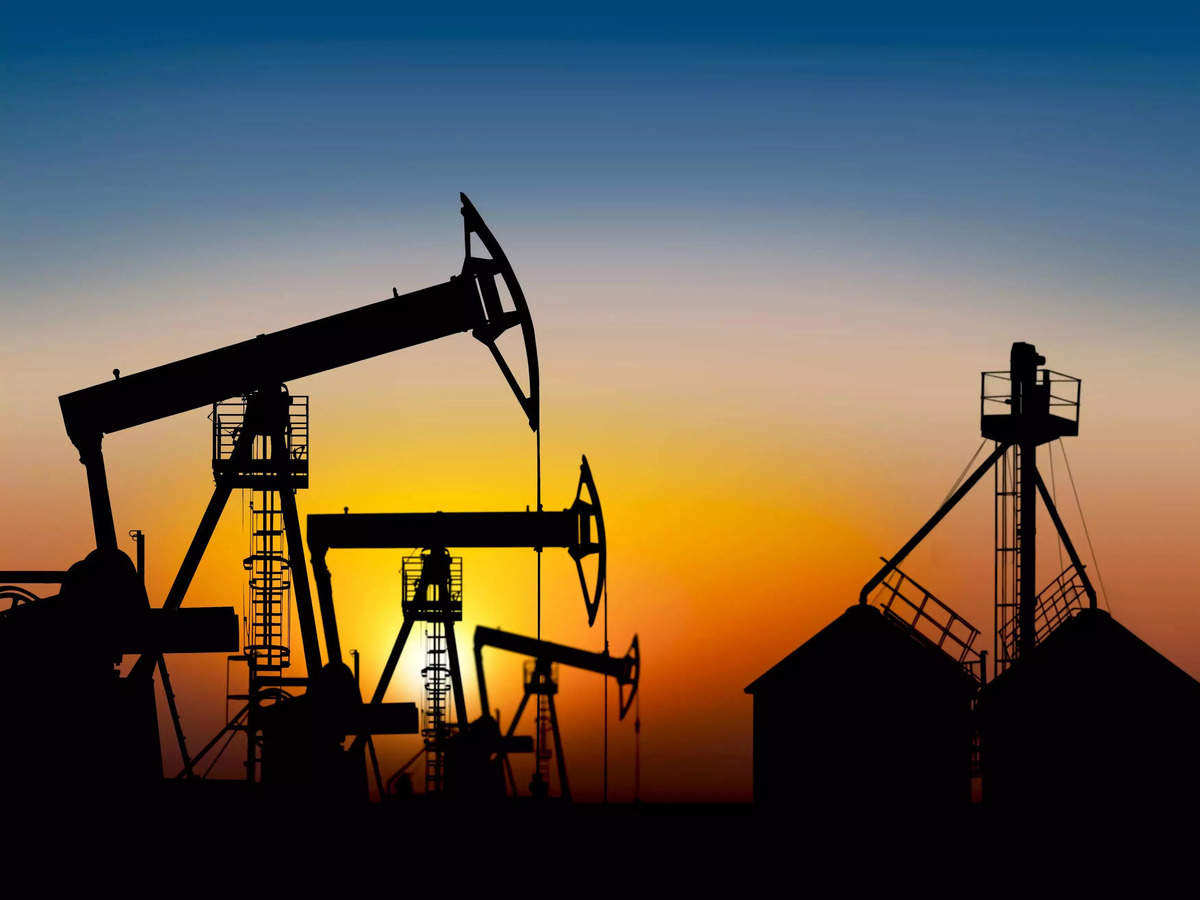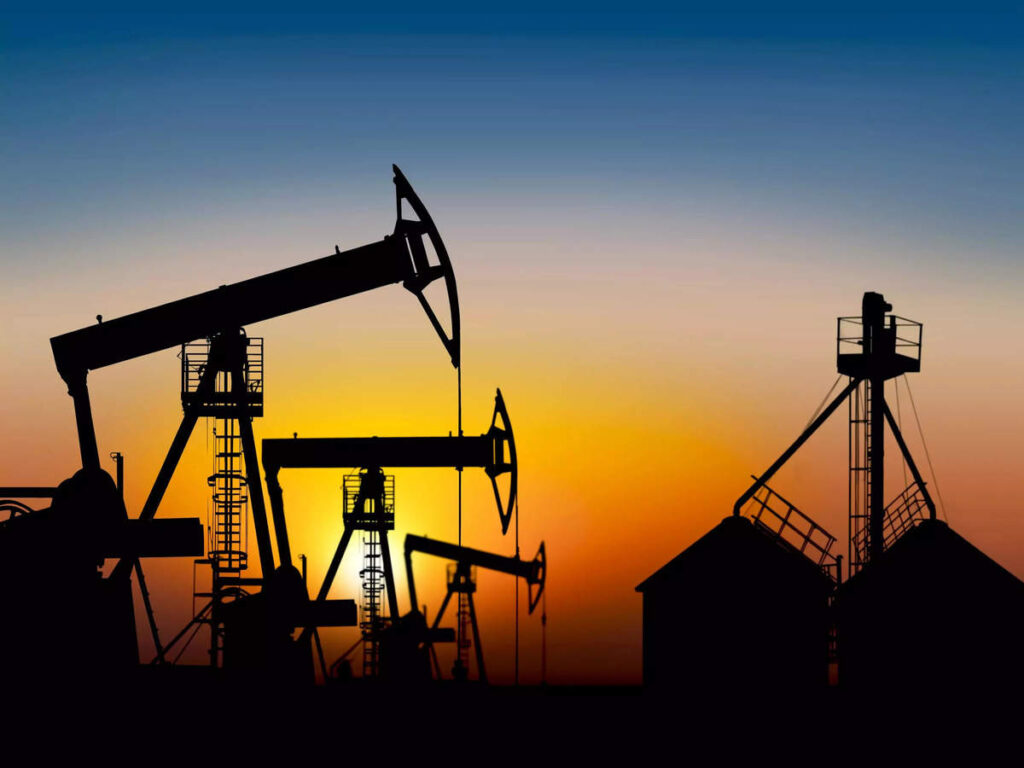

By K Raveendran
With clear indications that Israel is sparing Iranian oil facilities from attack, the downward pressure on oil has further increased and there is renewed talk of oil settling down around the level of $50 to the barrel. Crude has already fallen to early 70s and the demand-supply equations have not been particularly favourable to oil producers. The US presidential elections have added another layer of uncertainty and if it turns out to be another Trump presidency, there would be more American intervention to boost supplies.
Reports indicate that Israel has been deliberately avoiding attacks on Iranian oil facilities, a strategic choice that has resulted in a notable decrease in the risk premium traditionally associated with oil prices in this volatile region. As a result, oil prices have shown a downward trajectory, with crude falling into the early $70s per barrel range, and analysts are now speculating that prices may settle in the $50-60price band if current trends continue.
The decision to spare Iranian oil infrastructure reflects a calculated risk by Israel, possibly aimed at maintaining a balance of power while avoiding escalating conflict that could disrupt global oil supplies. The avoidance of direct attacks on such critical infrastructure appears to signal an understanding that escalating military actions could backfire, leading to broader regional instability that would ultimately harm all involved, including Israel itself. Consequently, this cautious approach has alleviated some of the immediate fears that often drive oil prices upward during Middle Eastern conflicts.
The underlying fundamentals of the oil market are also contributing to the downward pressure on prices. The global demand-supply equation remains unfavourable for oil producers, as numerous factors have converged to limit demand growth while supply levels have been relatively stable. The global economy has not shown the robust recovery that many had anticipated post-pandemic. Various economies are grappling with inflationary pressures, supply chain issues, and potential recessions, leading to a more cautious consumption of energy resources. The anticipated rebound in oil demand has failed to materialize to the extent that producers had hoped, prompting concerns about oversupply.
Additionally, the United States continues to play a crucial role in the global oil market. As one of the largest oil producers, the U.S. has significant influence over global prices. The current political climate in the U.S., particularly with the impending presidential elections, adds another layer of uncertainty. If the elections result in another Trump presidency, there could be a shift in U.S. energy policy that may favour increased oil production. Historically, the Trump administration favoured policies that encouraged fossil fuel development and prioritised energy independence. This could potentially lead to increased domestic oil supplies, further depressing prices as global markets adjust to an influx of American oil.
Moreover, the administration’s focus on boosting U.S. oil production could be seen as a strategy to mitigate the effects of global supply disruptions. Such a move would likely resonate with voters concerned about gas prices and energy security, making it a politically advantageous strategy. However, a significant increase in U.S. production could create a surplus in the market, intensifying the downward pressure on prices. As producers in other countries respond to the U.S. strategy, a competitive environment could emerge, leading to further price declines.
In light of these developments, analysts are closely monitoring how OPEC and other oil-producing nations respond to the shifting dynamics in supply and demand. The Organization of the Petroleum Exporting Countries has historically adjusted production levels to manage prices, but the current situation is complicated by the internal challenges facing the cartel and its member states. Some OPEC nations are already facing economic strains due to lower prices and may find it difficult to agree on collective production cuts. This fragmentation within OPEC could lead to a scenario where individual nations prioritize their own economic interests over collective stability, resulting in a more chaotic oil market.
The global energy landscape is also undergoing a transformation as countries increasingly prioritize renewable energy sources and sustainability initiatives. The transition to green energy, while still in its infancy, is beginning to reshape demand for fossil fuels. Nations around the world are making commitments to reduce carbon emissions and invest in alternative energy sources, potentially leading to a long-term decline in oil consumption. This shift could alter the trajectory of oil prices and create a more permanent lower price environment, particularly as technological advancements make renewable energy more accessible and affordable.
For consumers, lower oil prices can provide relief at the pump and decrease transportation costs, positively impacting the economy. However, for oil-producing countries and companies, sustained low prices can lead to budgetary shortfalls and economic challenges, particularly in nations that rely heavily on oil revenues. The consequences of this pricing environment are likely to be felt across the globe, influencing everything from government policies to international relations. (IPA Service)



